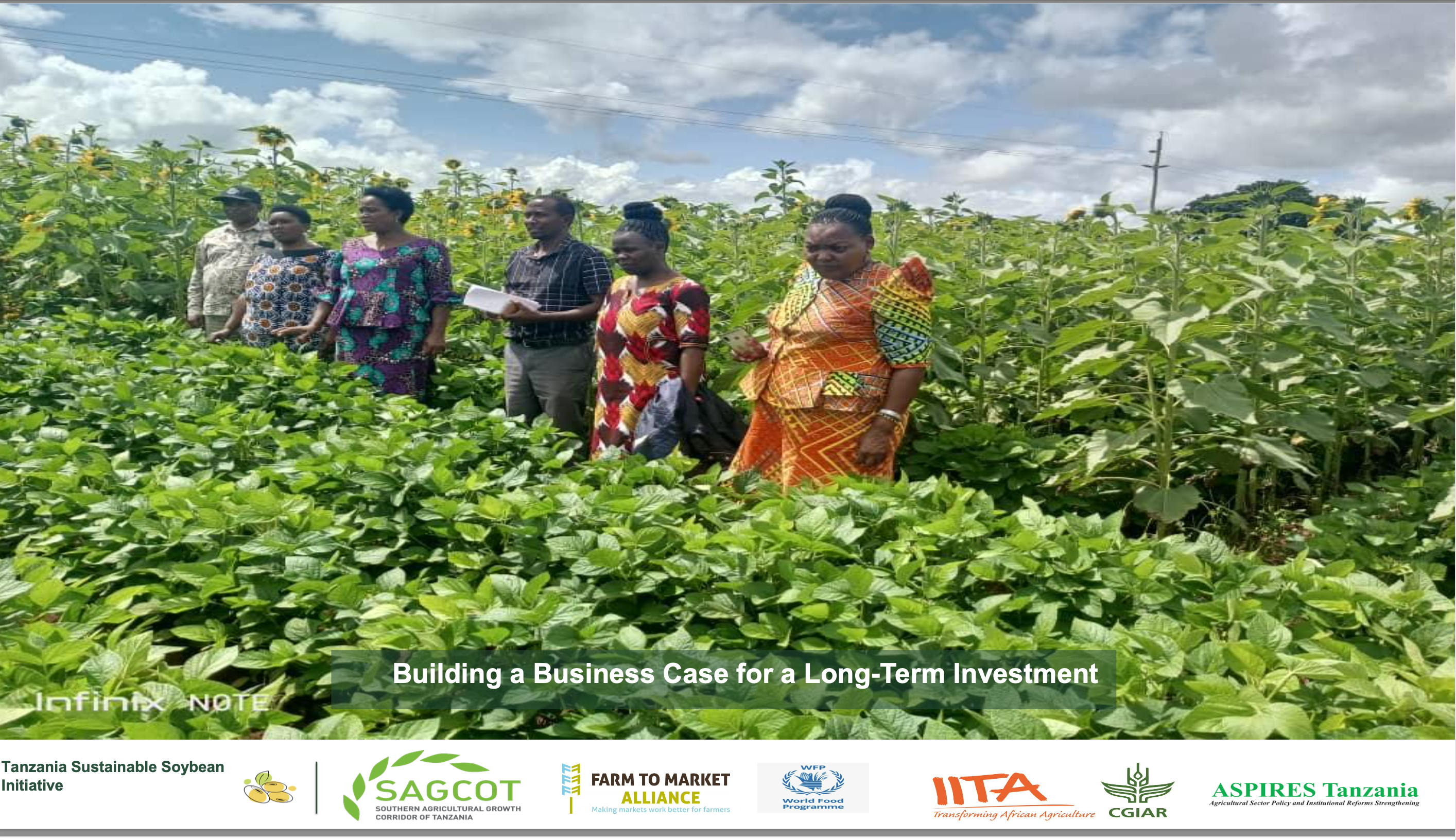The SAGCOT Initiative Through the Lens of SAVi
Kilimokwanza.org Reporter
In 2010, Tanzania embarked on an ambitious journey to transform its agricultural landscape with the Southern Agricultural Growth Corridor of Tanzania (SAGCOT) initiative. Designed to expand Tanzania’s agricultural sector by 350,000 hectares—with 51,800 hectares in the fertile Kilombero basin—SAGCOT is not just an agricultural development program; it’s a vision for sustainable growth, food security, and improved livelihoods for thousands of Tanzanians.
However, this growth comes with its challenges, particularly concerning water resources critical for irrigation. Enter the Sustainable Asset Valuation (SAVi) assessment, a sophisticated tool designed to evaluate the true cost and benefits of irrigation technologies within SAGCOT, comparing traditional flood irrigation against the more water-efficient drip irrigation. This analysis goes beyond mere financial costs to consider the environmental and social externalities, including water use, the social cost of carbon, and the impact on additional irrigated land.
The Dilemma of Growth and Sustainability
As SAGCOT aims to bolster Tanzania’s position as a key agricultural player in the region, it faces the dual challenge of enhancing production while preserving the very resources that sustain it. The initiative’s potential to create job opportunities and increase agricultural output is immense. Yet, the pressure it places on natural resources, especially water, cannot be ignored.
This is where the SAVi analysis steps in, providing a clear comparison between the two irrigation methods. The assessment meticulously values the use of water, the additional revenues and costs linked to expanded irrigated land, and the carbon footprint associated with each irrigation technology.
Finding the Balance: SAVi’s Insightful Revelations
The SAVi simulation outlines three scenarios, each with a different cost and impact profile. The traditional flood irrigation method, while less expensive upfront, falls short when considering the broader environmental and economic externalities. On the other hand, drip irrigation, despite its higher initial investment, emerges as the superior choice in the long-term, offering significant water savings and reduced carbon emissions. These savings allow for a larger area to be irrigated, potentially boosting employment and revenues for the local community.
Notably, the SAVi analysis underscores a pivotal finding: the net benefits of implementing drip irrigation at a lower capital expenditure are substantially higher, showcasing a remarkable potential for sustainable agricultural expansion.
A Closer Look at the Numbers
Dive into the financial and environmental metrics, and the advantages of drip irrigation become even clearer. While the capital cost for drip irrigation is significantly higher than that of flood irrigation, the long-term net benefits—especially in the low capital expenditure scenario for drip irrigation—paint a compelling picture of sustainability meeting profitability. This scenario not only forecasts a substantial increase in net benefits but also demonstrates a more favorable financial performance, with a higher internal rate of return and more robust credit ratios.
Moreover, the SAVi projections for 2030 highlight the tangible impacts of adopting drip irrigation: an 8% increase in employment and agricultural production and a 14% reduction in water usage compared to flood irrigation. These figures not only signify a leap towards achieving food security but also underscore the initiative’s alignment with environmental sustainability.
The Road Ahead: Embracing Sustainability in Agriculture
The SAGCOT initiative, through the lens of the SAVi assessment, stands as a light house of how integrating sustainability into agricultural development can yield profound benefits for the economy, society, and the environment. It demonstrates that with the right investments and technologies, it is possible to achieve agricultural growth without compromising the health of the planet.
As Tanzania continues to navigate the challenges and opportunities of agricultural development, the lessons from the SAVi analysis offer valuable insights for policymakers, investors, and the farming community. By prioritizing sustainable practices such as drip irrigation, Tanzania can ensure that its agricultural growth corridor not only feeds its population but also nurtures the land that sustains it.
In a world grappling with the twin challenges of food security and environmental sustainability, the SAGCOT initiative, supported by the insights from the SAVi assessment, stands as a show to the potential of innovative approaches to agriculture. It’s a reminder that the path to sustainability is not just about making the most of what we have but doing so in a way that ensures prosperity for future generations.


